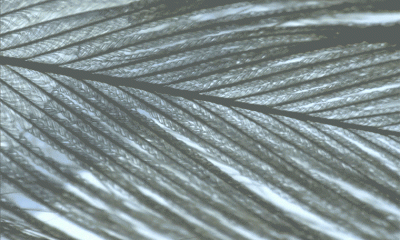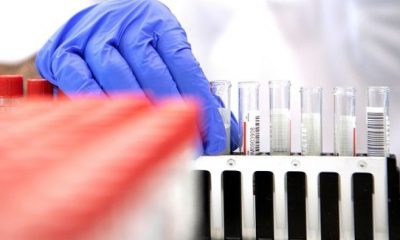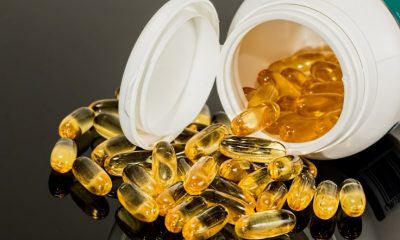Do you frequently get coffee on-the-go on your way to the office or before meeting friends? A new study suggests you might want to cut down on the use of disposable drinking cups.
According to a recent study, published in the Journal of Hazardous Material, a single cup of takeaway coffee per week has the potential to expose one to over 90,000 microplastic particles each year.
The microplastics found in the cups were less than 50 microns in size.
The researchers from the Sichuan university in China experimented on three types of plastic materials that are used in disposable cups- polypropylene (PP), polyethylene terephthalate (PET), and polyethylene (PE).
Each type of cup was filled with 400 milliliters of water, and the cup was then sealed with foil to reduce contamination by microplastics in the air. Next, the cup was swirled for a minute and the contents of the cup remained exposed to the plastic present in the cup for five minutes.
The experiment was carried out on a clean glass beaker to avoid any procedural contamination.
The results were quite shocking. Polypropylene cups were the worst among the three in terms of the number of microplastics released, which was concerning since these were widespread in consumption.
Moreover, the residence time of five minutes of exposure to water in the cups led to release of around 723-1,489 plastic particles per cup, the analysis showed.
“Based on the results, we estimated that people may unconsciously ingest 37,613–89,294 microplastics a year due to the use of one plastic cup every 4–5 days,” researchers wrote in their study.
“Considering the potential harm of microplastics, the contamination of microplastics resulting from the use of plastic cups for drinks needs to be taken seriously,” the authors warned.
Also, the research team found a difference in the number of microplastics released by the cups when subjected to hot water and cold water. Hot water led to the release of more microplastics.
Furthermore, the swirling of the cups to imitate the shakiness of a coffee cup while in transit resulted in the release of even more microplastics.
Previous studies link microplastics to oxidative stress, inflammation, and even DNA damage.
Microplastics are increasingly becoming commonplace in today’s world. From water to clothes, people are exposed to these harmful compounds routinely.
A recent study found the presence of microplastics in water trapped in between plant leaves.
“The first finding of microplastics in small short-term water reservoirs created by plants is further evidence that contamination of this kind spreads through various pathways and probably no environment on Earth is safe, which of course makes our discovery quite disheartening,” researchers said.
















